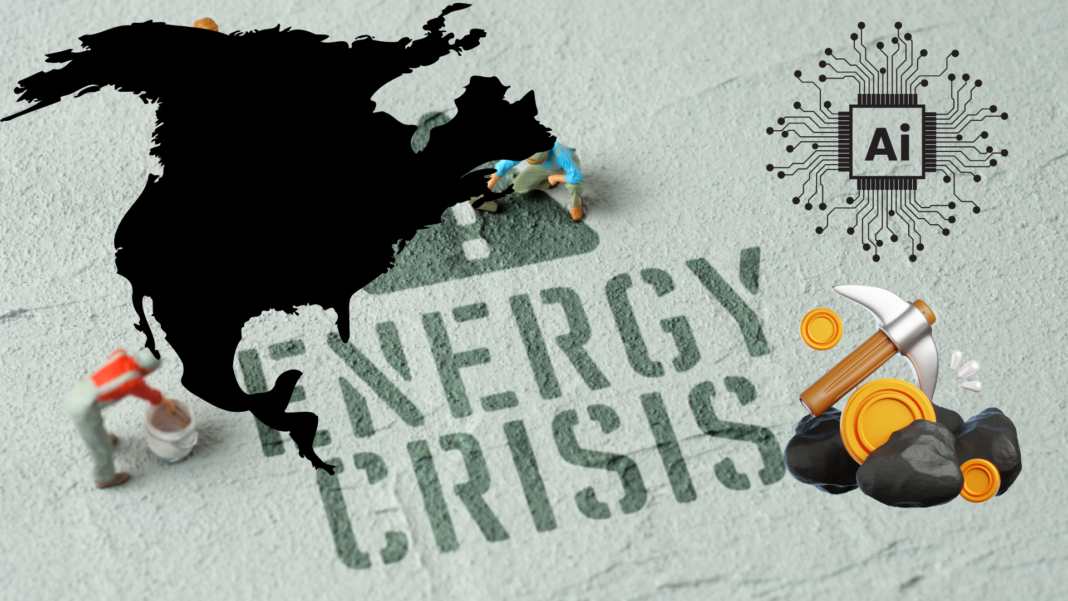Cryptocurrency mining and artificial intelligence (AI) operations are intensifying electricity demand across North America, creating new challenges for energy grid management and reliability.
According to a report from the North American Electric Reliability Corporation (NERC), the rapid connection of large-scale data facilities to the power grid is driving this demand, with energy consumption projected to grow by 4.6% annually through 2029. This surge is four times higher than previous estimates and underscores the strain these industries place on grid stability.
The Key Pointers of the Report
The NERC report highlights the unique challenges posed by crypto mining and AI data centres. Their energy-intensive nature and fluctuating power requirements complicate forecasting and grid operations.
For instance, cryptocurrency mining facilities often scale their operations based on market prices, causing sudden spikes or drops in electricity usage.
Similarly, the behaviour of large data centres during normal grid faults, such as customer-initiated automatic disconnections, can disrupt grid functionality and amplify operational risks.
“Increasing amounts of large commercial and industrial loads are connecting rapidly to the Bulk Power System (BPS),” the report states. It further identifies Texas as a hotspot for these challenges, given the significant number of crypto-mining facilities established there in recent years.
Also Read: Crypto Miners Scramble to Find Alternative Energy Sources Amid Competition With AI Giants
The Electric Reliability Council of Texas (ERCOT) has already implemented energy response and demand response programs to manage grid load during critical periods. These efforts aim to balance supply and demand while minimizing risks to grid reliability.
The Steps to Meet the Demands
In response to the growing demand, NERC is urging stakeholders to adopt proactive measures. Improved demand forecasting, advanced transmission planning, and expanded demand-side management (DSM) programs are among the recommendations.
Additionally, Texas has introduced legislation like HB 3390 to mandate better tracking of distributed energy resources (DERs) for enhanced reliability assessments. These steps aim to ensure North America’s energy grid can adapt to the evolving demands of crypto mining and AI operations.
A Different Scenario for Europe
The case is however, different when it comes to Europe. According to Forbes, Bitcoin miners in Germany and other parts of Europe are leveraging surplus energy and integrating with renewable sources to stabilize power grids.
Germany, renowned for its engineering skill, is spearheading initiatives that offer creative answers to energy challenges by fusing ecological practices with Bitcoin mining.
As crypto and AI industries grow mainstream, their energy needs will continue to challenge grid stability, particularly during peak periods or operational faults. However, with the right measures, and collaboration with renewable energy sources, the energy sector can turn these challenges into opportunities for innovation and resilience.
Also Read: Halliburton Invests In 360 Energy To Accelerate Bitcoin Mining In Oilfields


